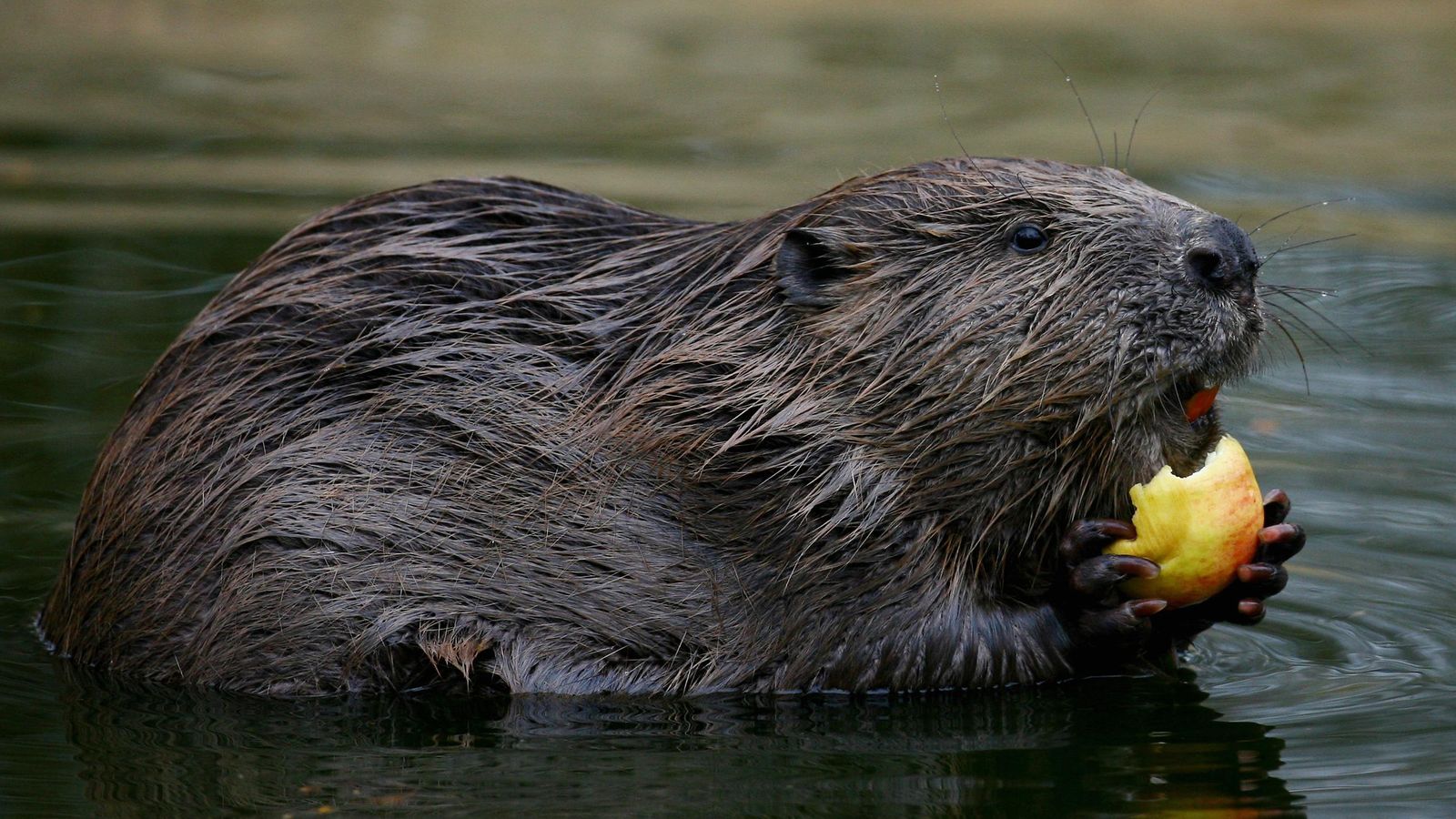Two beaver kits that were released to Loch Lomond to boost biodiversity have died – and the suspected killer is an otter.
The kits, along with their parents and three siblings, were relocated from Tayside to the nature reserve last month.
In an update on Thursday, RSPB staff revealed the dead beavers were spotted last week.
Remote camera footage showed an otter alongside the body of the smallest kit.
A post-mortem examination concluded that the kit had been preyed upon and then eaten.
‘We’re very sad to have lost these kits’
RSPB Scotland, which is involved in the beaver project, said the body of the second kit remains missing but staff believe it suffered the same fate as the first.
Golden eagle found dead on Queensberry Estate in Dumfries and Galloway
Valentine’s Day: Animal shelter offering chance to have an ex’s name written in cats’ litter box to reveal list
Killer whale mothers make ‘lifelong sacrifices’ while raising sons
In a blog post about the deaths, Kirsty Nutt wrote: “It is known that young beavers, particularly small kits, can be predated (killed to eat) by otters, foxes, pine martens, birds of prey and even large pike.
“Studies also show that kit mortality can be quite high especially in their first year. None of this makes it any easier and we’re very sad to have lost these kits despite it being a natural process.
“We’ve moved some of the remote cameras and added extras to try to better monitor the rest of the family. Thankfully, the clips we’ve captured over the last few days have been heartening.”
Read more:
Ranger team mobilised after suspected bird flu outbreak kills 20 swans
Golden eagle found dead on Scottish estate
Emergency action over squirrelpox outbreak
Loch Lomond is only the third location in Scotland where a beaver translocation has taken place since a reintroduction trial at Knapdale, Argyll, began in 2009.
The move came after the Scottish government in late 2021 announced its support for translocation, which involves safely trapping and moving the animals to a more suitable area, rather than culling them when they cause problems.
The family of seven beavers – two parents and their five young – were moved to Loch Lomond from Tayside as part of a plan to speed up the return of the animal to the reserve, which is jointly managed by RSPB Scotland, NatureScot and Loch Lomond and the Trossachs National Park Authority.
At the time of the release, RSPB Scotland director Anne McCall said the reserve’s mix of open water, fen and wet woodland would be the perfect place for the family to build themselves a new home.
She stated the beavers would also manage and create habitat for other wildlife too, noting: “We are looking forward to seeing the many benefits this should bring to other wildlife from birds to dragonflies, fish to frogs, both on our nature reserve and in the wider National Nature Reserve.
“We also hope our visitors will be able to enjoy spotting their natural engineering feats in the coming years.”





